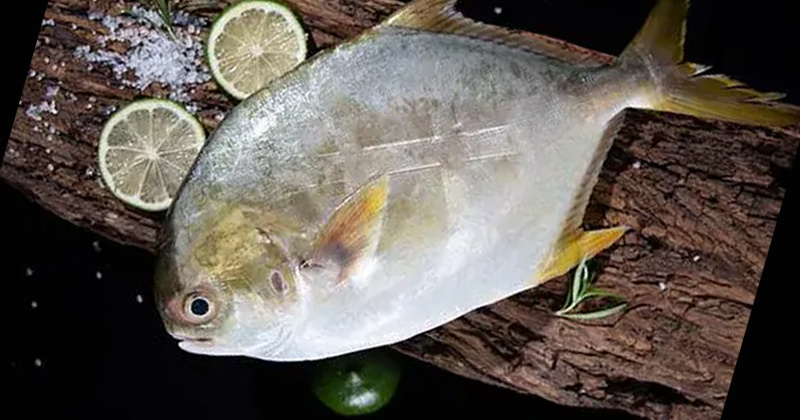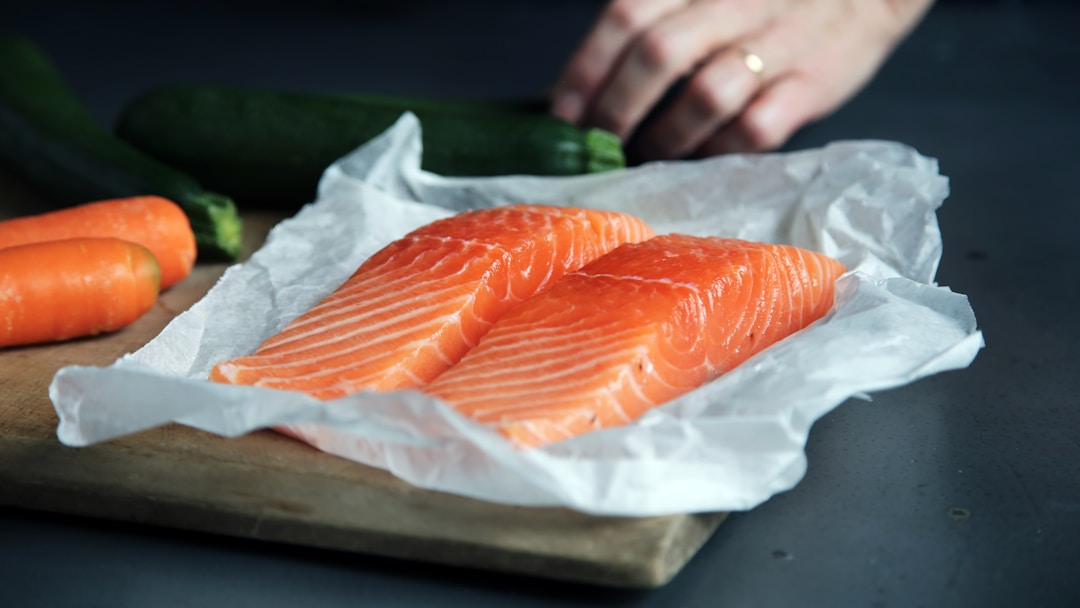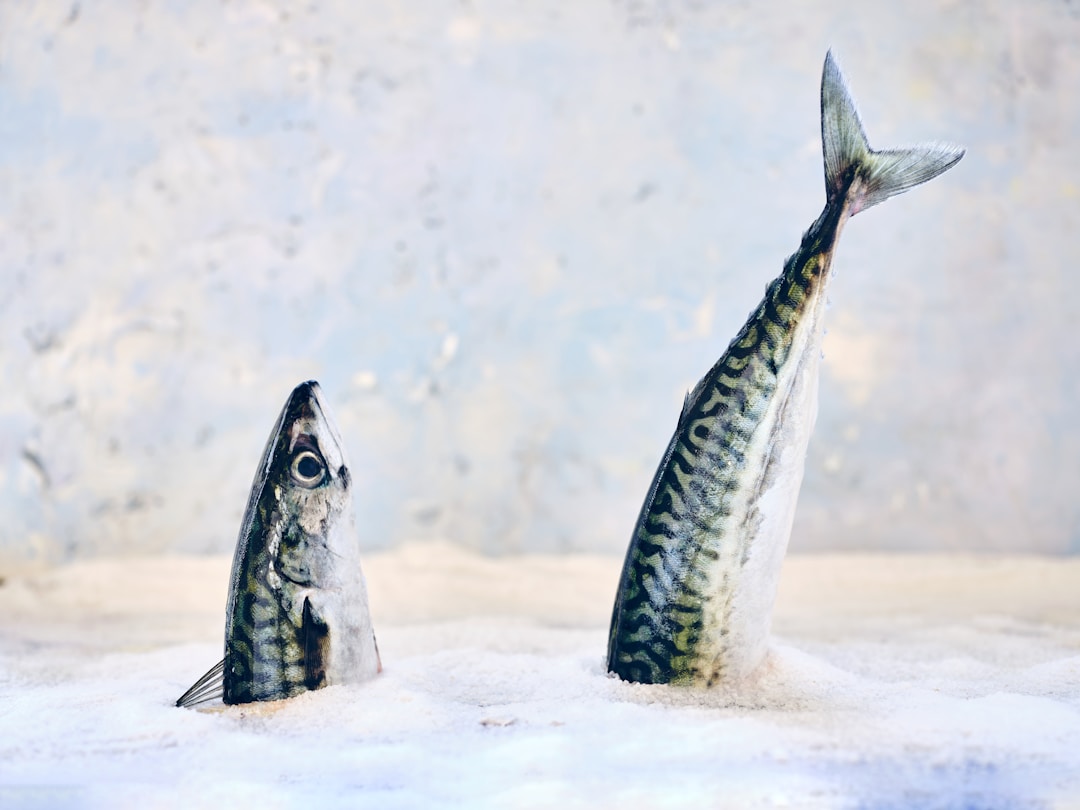Commercial Applications of Innovative Seafood Preservation Technologies Gain Traction in Food Industry
Release Time:
Mar 21,2024
As the demand for high-quality and sustainable seafood continues to grow, innovative preservation technologies have become increasingly popular in the food industry. These technologies, including low-temperature ripening for seafood, seafood deodorization, raw freezing and proofing, and frozen vegetable crisp green technology, have undergone commercial applications, bringing benefits to various stakeholders in the seafood supply chain.

As the demand for high-quality and sustainable seafood continues to grow, innovative preservation technologies have become increasingly popular in the food industry. These technologies, including low-temperature ripening for seafood, seafood deodorization, raw freezing and proofing, and frozen vegetable crisp green technology, have undergone commercial applications, bringing benefits to various stakeholders in the seafood supply chain.
Low-temperature ripening technology for seafood has been widely adopted by seafood processors and suppliers to maintain the quality of seafood pre-prepared dishes during long-term frozen storage. This technology has enabled seafood businesses to offer high-quality products to consumers, while also reducing food waste and extending shelf life.
Seafood deodorization technology has also gained traction in the seafood industry, as it eliminates fishy odors in seafood proteins during processing. This technology has improved the sensory appeal of seafood products, leading to increased consumer demand and higher sales. Processors and suppliers can benefit from this technology by offering more appealing products to the market.
Raw freezing and proofing technology has revolutionized the production of fermented wheat and rice products, such as steamed buns, dumplings, and fried dough sticks. This technology allows these products to maintain high quality after freezing and thawing, enabling foodservice providers and retailers to offer consistent quality and taste to their customers.
Frozen vegetable crisp green technology has also seen widespread adoption in the food industry, as it maintains the freshness and color of vegetables even after freezing. This technology has allowed processors and suppliers to offer year-round availability of fresh-looking and tasting vegetables, meeting the growing demand for sustainable and healthy food options.
Despite the benefits of these innovative preservation technologies, there are concerns about their potential impact on marine ecosystems. To address these concerns, seafood businesses should work closely with regulatory agencies and conservation organizations to ensure sustainable fishing practices and responsible sourcing of seafood products.
In conclusion, innovative seafood preservation technologies have demonstrated their commercial viability and are playing an increasingly important role in the food industry. As these technologies continue to evolve and improve, they are expected to bring even more benefits to the seafood sector and consumers alike.






